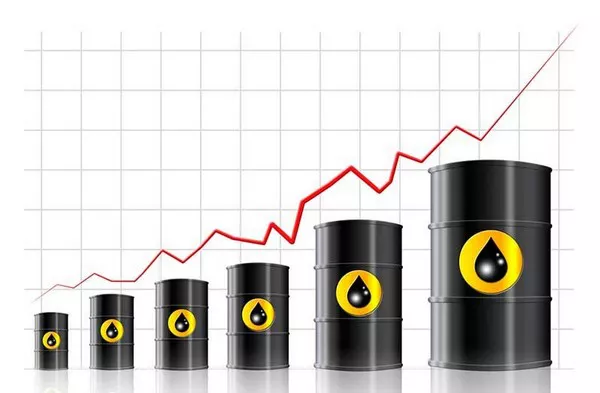Gas futures play a significant role in the commodities market, allowing investors, producers, and consumers to hedge against price volatility and speculate on the future price of natural gas. Understanding how gas futures work is essential for those looking to gain exposure to the energy market and manage risk effectively. In this comprehensive guide, we will explore the mechanics of gas futures, focusing on essential concepts, trading strategies, and factors influencing the natural gas market.
1. What are Gas Futures?
Gas futures are financial contracts that obligate the buyer to purchase, and the seller to sell, a specified quantity of natural gas at a predetermined price on a specified future date. These contracts are standardized and traded on commodities exchanges, such as the New York Mercantile Exchange (NYMEX) and Intercontinental Exchange (ICE). Gas futures enable participants to manage their exposure to natural gas price fluctuations and make informed decisions in the energy market.
2. Understanding the Natural Gas Market
Before delving into the mechanics of gas futures, it’s essential to grasp the fundamentals of the natural gas market. Natural gas is a crucial energy source used for heating, electricity generation, and industrial processes. Factors influencing natural gas prices include weather conditions, supply-demand imbalances, storage levels, geopolitical events, and global economic trends.
3. Gas Futures Contract Specifications
Gas futures contracts have specific terms and conditions that govern the trading process. Key contract specifications include:
a. Contract Size: The quantity of natural gas represented by one contract (e.g., 10,000 MMBtus – million British thermal units).
b. Expiration Date: The date when the contract matures, and the delivery or settlement must occur.
c. Tick Size: The minimum price movement allowed in the contract (e.g., $0.001 per MMBtu).
d. Contract Months: Gas futures contracts are available for various months in the future.
4. How Gas Futures Work
Gas futures work on the principle of price speculation and hedging. Investors who believe that natural gas prices will rise can buy futures contracts (go long) to profit from the price increase. Conversely, those anticipating a decline in natural gas prices can sell futures contracts (go short) to profit from the price decrease.
Hedgers, such as natural gas producers and consumers, use gas futures to protect themselves against potential losses caused by adverse price movements. They can lock in a price for future deliveries of natural gas, ensuring price stability and managing business risks.
5. The Role of Clearinghouses
Commodities exchanges use clearinghouses to facilitate the trading of gas futures contracts. Clearinghouses act as intermediaries between buyers and sellers, ensuring the fulfillment of contractual obligations. They guarantee the performance of each trade, reducing counterparty risk and providing a secure trading environment.
6. Gas Futures Trading Strategies
Successful gas futures trading requires a well-defined trading strategy. Some popular trading strategies include:
a. Trend Following: Investors follow price trends and enter positions in the direction of the trend.
b. Spread Trading: Traders take positions in different gas futures contracts to profit from price differentials.
c. Calendar Spreads: Investors simultaneously buy and sell gas futures contracts with different expiration dates to capitalize on price movements over time.
7. Factors Influencing Gas Futures Prices
Various factors influence natural gas futures prices, and it’s crucial to stay informed about these drivers:
a. Weather Conditions: Extreme weather events can significantly impact natural gas demand for heating and cooling.
b. Supply and Demand Imbalances: Changes in supply levels and demand patterns can influence gas prices.
c. Inventory Levels: Natural gas storage levels affect market sentiment and price expectations.
d. Economic Indicators: Global economic trends can impact energy consumption and demand for natural gas.
8. Risk Management in Gas Futures Trading
Gas futures trading carries inherent risks, and risk management is essential to protect capital. Implementing risk management strategies, such as setting stop-loss orders and position sizing, can help mitigate potential losses.
Conclusion
Gas futures are integral to the commodities market, providing investors with opportunities for speculation and hedging in the natural gas sector. Understanding the mechanics of gas futures, analyzing market factors, and implementing effective risk management strategies are essential for successful gas futures trading. Remember, trading in futures markets involves risks, and it is crucial to stay informed and seek professional advice when needed. Happy trading!


